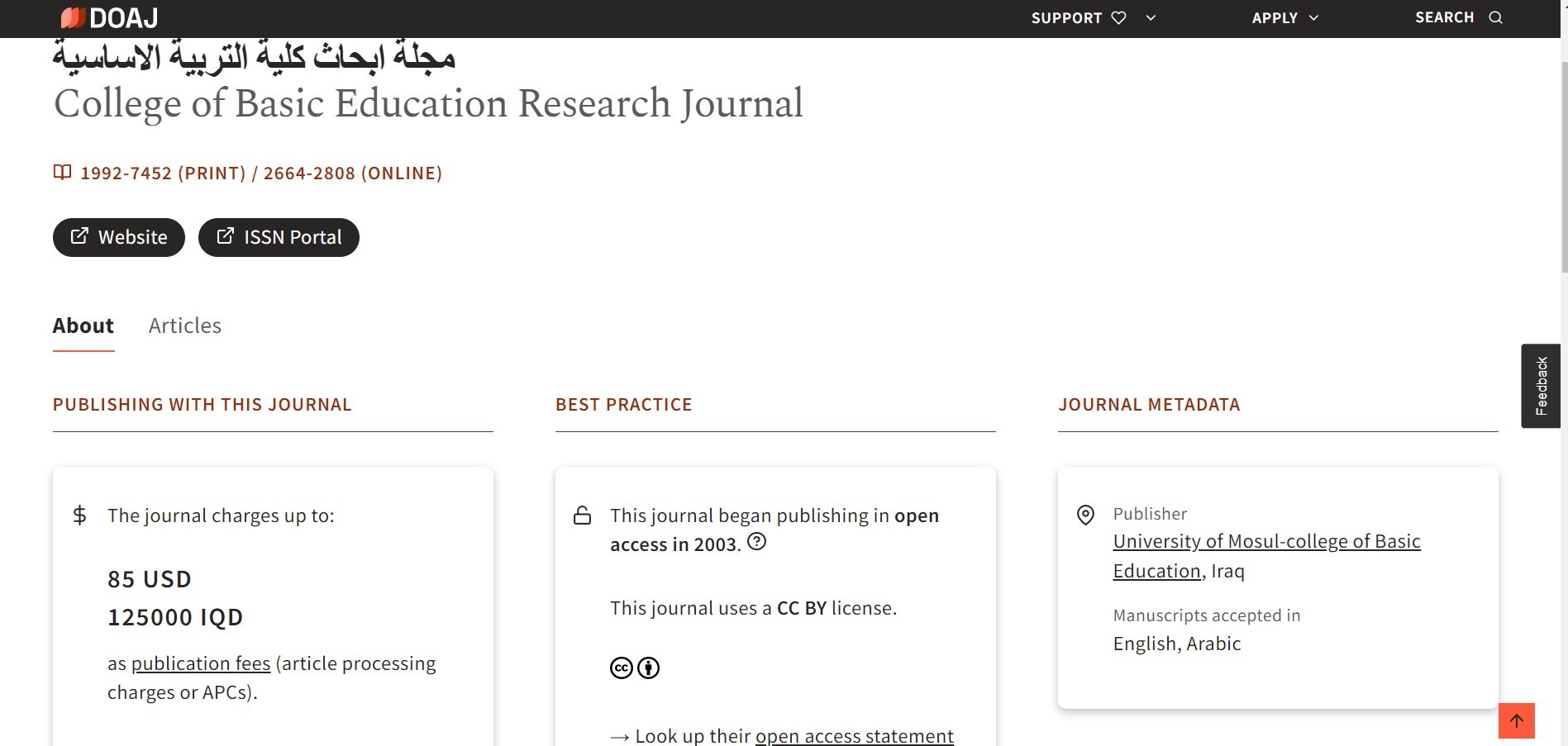The impact of banana peel extracts and their components on aflatoxin toxicity in the livers of white mice
Abstract
Abstract The results of this study showed that ethanol and water extracts of banana peels exhibited inhibitory effectiveness against the growth of Aspergillus flavus. The ethanol extract showed higher inhibition, with the highest inhibitory zone diameter of 18.8 mm at a concentration of 20 mg/mL, which was statistically non-significantly different from the 15 mg/mL concentration (17.17 mm) after 7 days of incubation. The water extract also demonstrated significant inhibition at both concentrations tested (15 mg/mL and 20 mg/mL), yielding zone diameters of 17.33 mm and 17.83 mm respectively.The study aimed to determine the efficacy of banana peels in reducing the toxic effects of aflatoxin in male white mice (48 in total). The experimental animals were divided into six groups according to the experimental needs, and were exposed to aflatoxin B1 at concentrations of 0.2 mg and 0.4 mg. Ethanol and water extracts of banana peels were prepared at concentrations of 1%, 2%, and 3% respectively, dissolved in a specific volume of DMSO. The effects of these extracts were tested on the mice via oral administration.Histopathological results indicated the presence of degeneration, necrosis, and Degeneration in hepatic cells, as well as inflammatory foci, giant cells, hemorrhage, and vascular congestion.These findings suggest that banana peel extracts, particularly the ethanol extract, have potential as inhibitors of Aspergillus flavus growth and might mitigate the toxic effects of aflatoxin in experimental animals.



